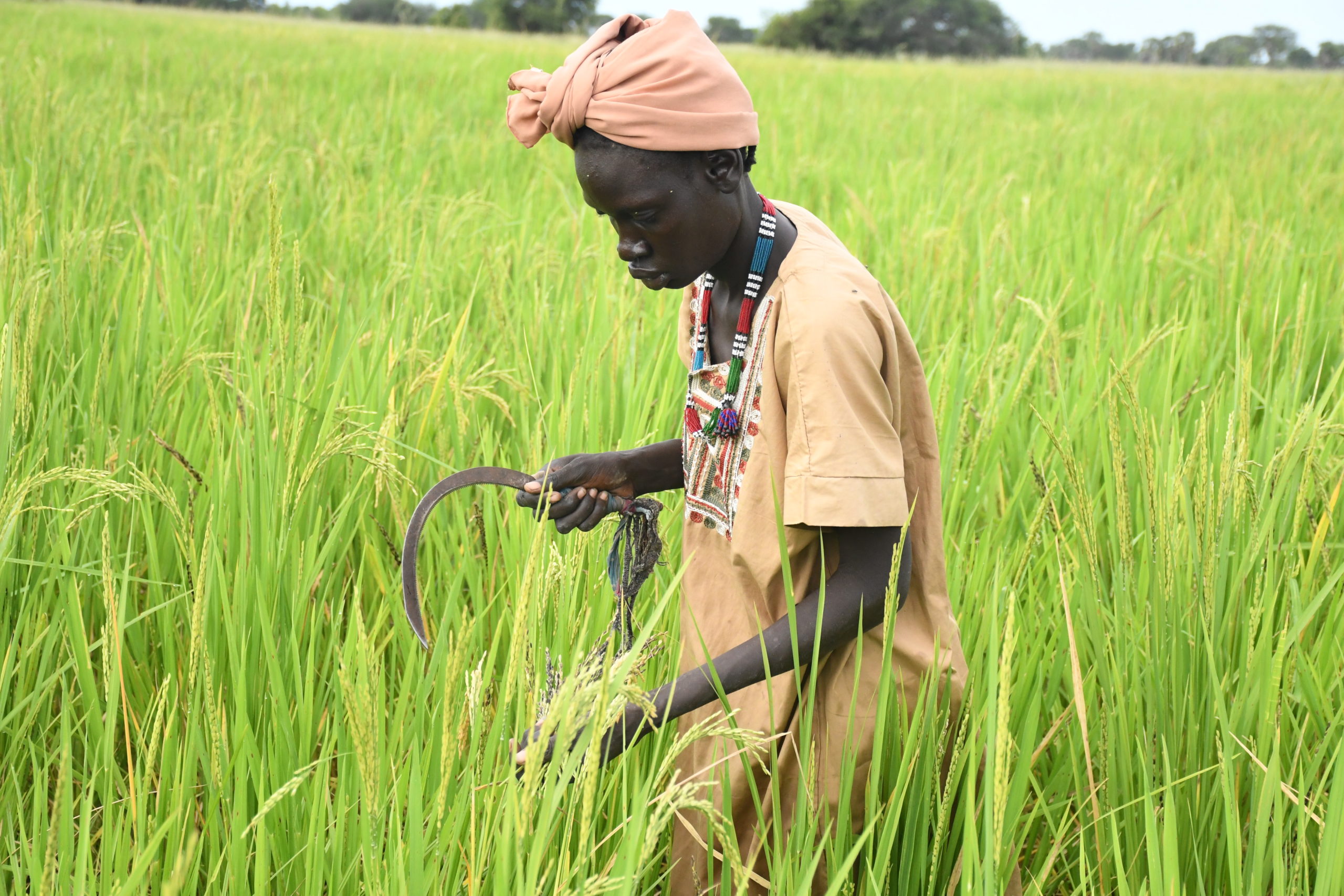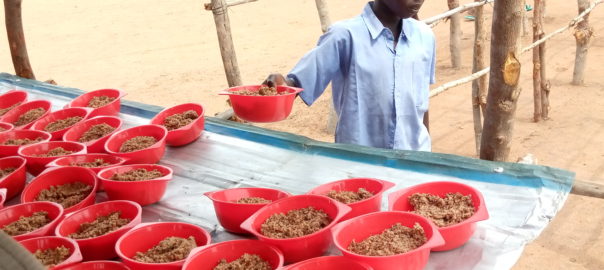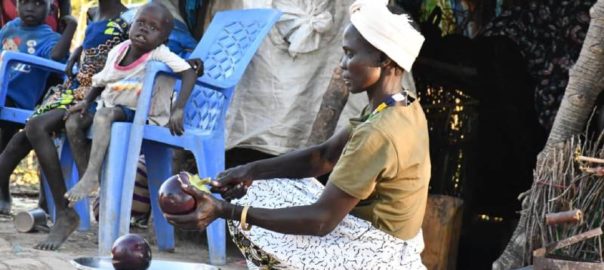The RRN Research Digest provides a synopsis of recent research on refugee and forced migration issues from entities associated with the RRN and others.
You can download the digest in PDF format here: RRN Research Digest
NEW RESEARCH AND PUBLICATIONS
Karimi, A., & Byelikova, Y. (2024). Wartime (im)mobilities: Effects of aspirations-capabilities on displaced Ukrainians in Canada and Germany and their viewpoints on those who remain in Ukraine. Journal of Ethnic and Migration Studies, 1–20. In war times, what differentiates those who manage to flee from those who remain behind? The authors identify how macro-level policies and individual resources and aspirations combine to shape wartime (im)mobility outcomes. They make a threefold contribution to forced migration studies and argue that war acts as an amplifier of preexisting migration aspirations for some individuals, that wartime exit restriction is a distinct example of macro-level emigration policies, and that a proactive-stay-aspirations component extends the aspirations-capabilities framework’s conceptual range.
Oubad, I. & Mouna, K. (2023). Certifying Credibility: Trajectory of Sub-Saharan Asylum Seekers in Italy. Fuori Luogo. Rivista Di Sociologia Del Territorio, Turismo, Tecnologia, 17(4), 139-154. Drawing on an ethnography of refugees and protection seekers in Italy (region of Veneto), testimonies were generated to look at the complex processes involved in certifying eligibility for legal protection. This paper underscores the conditions under which migrants (re)invent a new identity to meet the institutional expectations of the European humanitarian criteria for asylum-seekers.
Roy, C. K. (2023). Financial Inclusion for Forcibly Displaced Persons: The Impact of Aid Conditions. Quarterly on Refugee Problems – AWR Bulletin, 62(4), 429–452. This research critically examines the direct impact of forcibly displaced persons’ (FDPs) inclusion in the financial system of host countries and explores the role of international development cooperation in facilitating financial inclusion. The study reveals a novel finding that solely including FDPs in the financial system or relying solely on development cooperation does not enhance financial inclusion in developing countries. This research provides valuable insights into the design and implementation of policies aimed at fostering financial inclusion for FDPs and highlights the importance of international partnerships in achieving this goal.
Tesfai, A., Captari, L. E., & Cowden, R. G. (2024). Coping Resources among Forced Migrants in South Africa: Exploring the Role of Character Strengths in Coping, Adjustment, and Flourishing. International Journal of Environmental Research and Public Health, 21(1), 50. This phenomenological qualitative study explored how forced migrants in South Africa cope with violent, traumatic experiences and precarious resettlement conditions. Qualitative analysis revealed five overarching domains: spirituality and religiousness, love and kindness, hope and optimism, persistence and fortitude, and gratitude and thankfulness. Findings are framed within positive existential psychology and dual-factor understandings of mental health, which attend to human suffering and flourishing. The intergenerational transmission of strengths is explored as one potential means of buffering intergenerational trauma impacts and promoting family post-traumatic growth.
Tran, M., & Bermudez, R. (2022). Durable Solutions for People Displaced by Typhoon Haiyan in Tacloban, Philippines. Cusri Journal of Social Research. This paper scrutinizes the challenges and complexities surrounding durable solutions for internally displaced people (IDPs) in Tacloban City, Philippines, in the aftermath of Typhoon Haiyan in 2013. A human rights-based survey monitoring resettlement status seven years after the disaster shows significant gaps in human rights fulfilment, revealing uneven access to housing, livelihood, and essential services among displaced people. By adopting the “politics of mobility” framework, the paper recognizes that displacement and resettlement are not solely humanitarian and disaster recovery challenges. Instead, achieving durable solutions in post-disaster displacement requires understanding its development and mobility dimensions. The paper highlights how decisions related to land use, housing, and development, influenced by political and economic interests, impact the achievement of durable solutions to a catastrophic event.
REPORTS AND POLICY BRIEFS
As Sudan conflict fuels epic suffering, UN launches humanitarian and refugee response plans for 2024. (2024). The UN Refugee Agency. The United Nations and its partners today appealed for a combined $4.1 billion to meet the most urgent humanitarian needs of civilians in war-torn Sudan and those who have fled to neighbouring countries. Ten months since the conflict erupted, half of Sudan’s population – some 25 million people – needs humanitarian assistance and protection. More than 1.5 million people have fled across Sudan’s borders to the Central African Republic, Chad, Egypt, Ethiopia and South Sudan.
The Mobility Key: Realizing the Potential of Refugee Travel Documents. (2024). Migration Policy Institute. This policy brief—part of the Beyond Territorial Asylum: Making Protection Work in a Bordered World initiative led by MPI and the Robert Bosch Stiftung—outlines the different types of travel documents that can facilitate refugees’ movement and key barriers to acquiring and using them. It also identifies steps that countries of asylum, transit, and destination, along with donors and international organizations, can take to overcome these challenges.
Quarterly Mixed Migration Updates. (2024). Mixed Migration Centre. This article presents the key updates on mixed migration from six regions around the world (Asia and the Pacific, Eastern and Southern Africa, Europe, Latin America and the Caribbean, North Africa, and West Africa) during the fourth quarter of 2023. Such key updates include the increased displacement in Myanmar, the ongoing conflict in Sudan, and many more.
NEWS AND BLOG POSTS
Massive displacement as fighting surges in eastern DR Congo by UN News, February 14, 2024. Fresh fighting since last week in the region has displaced an estimated 135,000 people from the town of Sake – on the northern banks of Lake Kivu – who are moving towards the provincial capital, Goma, about 25 kilometres away, according to UNHCR. The agency further said that it received reports of bombs falling on civilian areas in Sake and Goma, where an estimated 65,000 internally displaced persons (IDPs) are sheltering, prompting “significant concerns” for their safety. The presence of unexploded ordnance poses a particular threat to children, it added, noting that since the first week of February, at least 15 civilians had been killed and 29 injured around Goma and Sake.
Suspected asylum seekers taken to Nauru as political storm over boat arrivals intensifies by Andrea Mayes, Cason Ho, and Rosanne Maloney, February 17, 2024. ABC News. The arrival of 39 foreign nationals by boat in remote northern Western Australia on Friday is continuing to cause a political storm in Australia. The men have been taken to an offshore detention centre at Nauru.
Syrian refugees face dire human rights situation: UN report by Malaika Grafe, February 13, 2024. JURIST News. A report released by the Office of the UN High Commissioner for Human Rights (OHCHR) on Tuesday highlights human rights violations and abuses endured by Syrians upon their return to Syria. The report outlines a combination of challenges awaiting returnees, including general insecurity in the aftermath of the civil war, as well as ongoing violations of human rights law and international humanitarian law. The report also highlights an “alarming” economic situation. Additionally, the report states, “People nowadays are more afraid of not having food than of bombs,” and many Syrians lack economic access to basic goods and services, including food, shelter and healthcare.
UN refugee chief warns Europe of a new influx of Sudanese migrants if Sudan’s conflict continues by Rédaction, February 2, 2024. Africanews. More than 9 million people are thought to be internally displaced in Sudan, and 1.5 million refugees have fled into neighbouring countries in 10 months of clashes between the Sudanese military, led by Gen. Abdel Fattah Burhan, and the Rapid Support Forces, a powerful paramilitary group commanded by Gen. Mohammed Hamdan Dagalo. If a cease-fire agreement is not signed soon between Sudan’s warring sides and relief efforts are not strengthened, refugees will look for safety beyond Sudan’s neighbouring countries, the head of the United Nations refugee agency warned.
Weekly U.S.-Mexico Border Update: Migration drops, “border deal” fallout, Mayorkas impeachment by Adam Isacson, February 16, 2024. Washington Office on Latin America. Customs and Border Protection (CBP) released data about its encounters with migrants at the U.S.-Mexico border in January. The numbers showed a 50 percent drop in Border Patrol apprehensions of migrants from December, from a single-month record of 249,735 to 124,220. January was the third-quietest month at the U.S.-Mexico border of the Biden administration’s 36 full months.
EVENTS, RESOURCES, DIGITAL AND SOCIAL MEDIA
Betting on Migration for Impact by Stanford Social Innovation Review. Migration is often framed as a crisis: When the issue makes headlines, it is portrayed as a burden, threat, or tragedy and almost always politically intractable. In reality, migration represents an opportunity and a solution, and it needs to be disentangled from electoral politics. Indeed, we are at the beginning of a multi-decade global trend of human movement, a trend which can be harnessed to unlock tremendous good for the world. This resource highlights the tangible opportunities for innovation and investment to deliver impact for people on the move.
The Poetry of Forced Migration – Malka al-Haddad and Loraine Masiya Mponela: In Conversation by Forced Migration and the Arts. This online event is an evening of poetry and conversation with poets Malka al-Haddad and Loraine Masiya Mponela. As part of the evening, Malka and Loraine will read and discuss each other’s and their work and share insights and reflections on the influences they draw on in their writing and activism. The readings and conversation will take place online on Thursday, 28 March 2024, from 6:00 pm to 7:30 pm UK time.
Why refugee students are more likely to drop out of pre-university programs by Cogitatio Press. This new podcast episode of Let’s Talk About covers the following: as refugee students increasingly pursue higher education, it is crucial to understand their unique needs and challenges. Jana Berg (German Centre for Higher Education Research and Science Studies, Germany) explores the factors influencing refugee students’ dropout intentions in pre-study programs, which reveals an interplay of financial constraints, perceived exclusion, and language proficiency.



